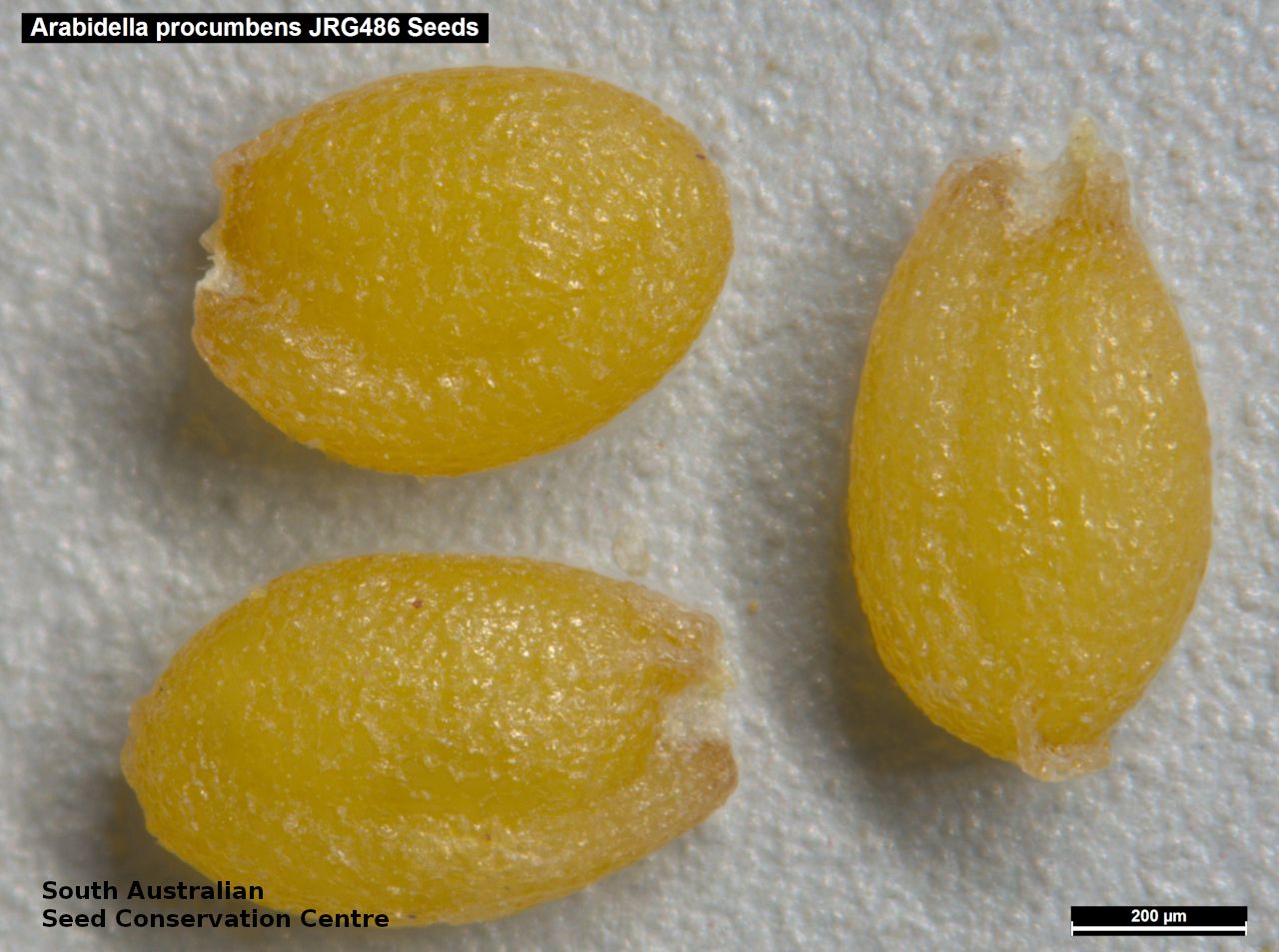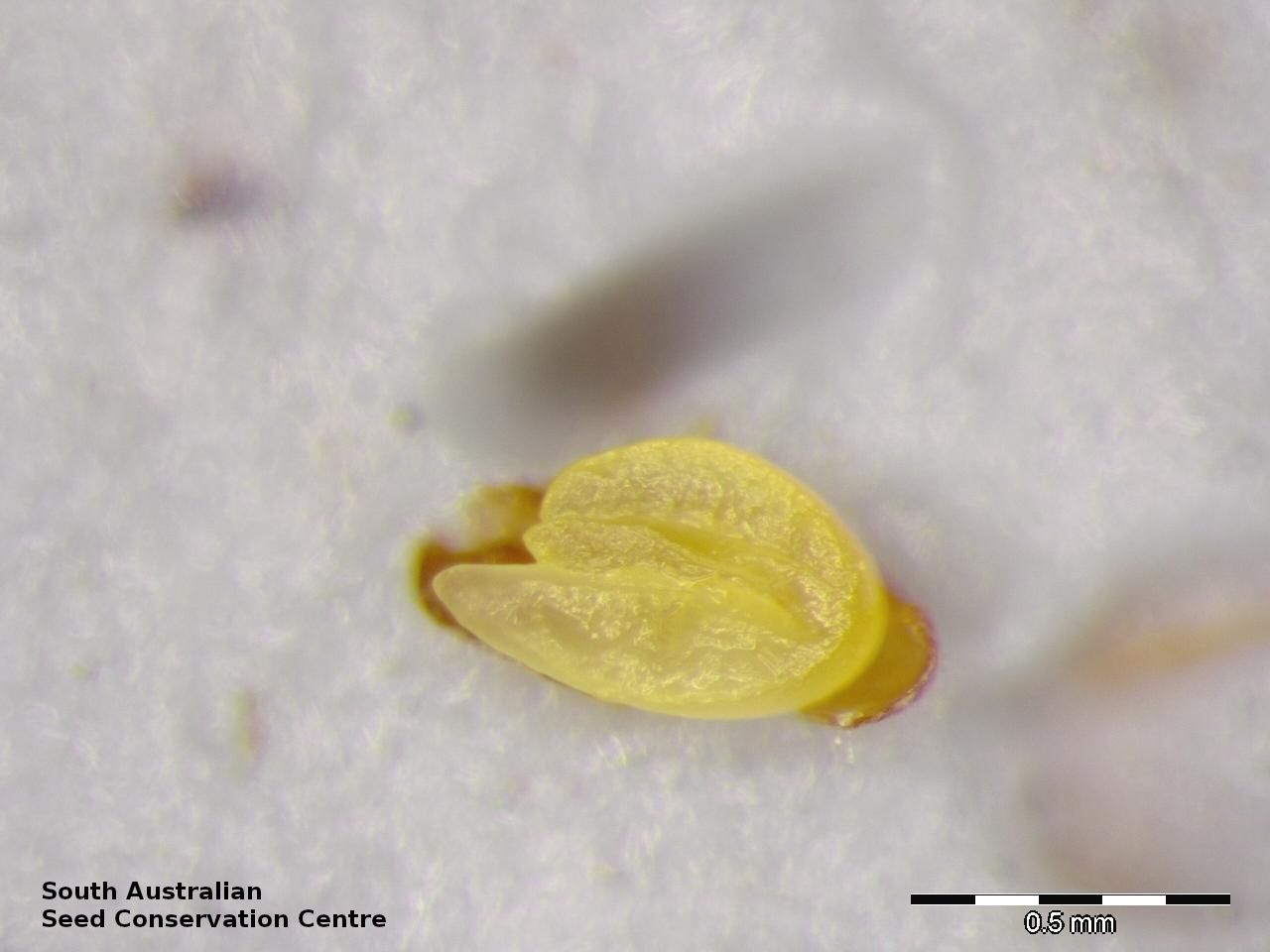Creeping cress
Display all 18 images


















Regional Species Conservation Assessments per IBRA subregion.


Least concern
Near threatened
Rare
Vulnerable
Endangered
Critically endangered
Extinct
Data deficient
Adelaide
Arkaroola
Ceduna
Coober Pedy
Hawker
Innamincka
Marla
Marree
Mount Gambier
Oodnadatta
Renmark
Wudinna
Keith
Yunta
Display IBRA region text
| Northern Flinders (FLB05) | Flinders Lofty Block | Near Threatened [comes up after rain on clay pans & bare ground] |
| South Olary Plain (MDD01) | Murray Darling Depression | Rare (IUCN: RA d(i,ii)) [southern edge of range] |
| Braemer (MDD07) | | Least Concern |
| Torrens (GAW06) | Gawler | Near Threatened [comes up after rain on clay pans & bare ground] |
| Roxby (GAW07) | | Near Threatened [comes up after rain on clay pans & bare ground] |
| Curnamona (BHC06) | Broken Hill Complex | Data Deficient |
| Simpson Desert (SSD02) | Simpson Strzelecki Dunefields | Near Threatened [comes up after rain on clay pans & bare ground] |
| Dieri (SSD03) | | Near Threatened [comes up after rain on clay pans & bare ground] |
| Warriner (SSD04) | | Near Threatened [comes up after rain on clay pans & bare ground] |
| Strzelecki Desert (SSD05) | | Near Threatened [comes up after rain on clay pans & bare ground] |
| Breakaways (STP01) | Stony Plains | Near Threatened [comes up after rain on clay pans & bare ground] |
| Oodnadatta (STP02) | | Near Threatened [comes up after rain on clay pans & bare ground] |
| Murnpeowie (STP03) | | Near Threatened [comes up after rain on clay pans & bare ground] |
| Peake-Dennison Inlier (STP04) | | Near Threatened [comes up after rain on clay pans & bare ground] |
| Witjira (STP06) | | Near Threatened [comes up after rain on clay pans & bare ground] |
| Baltana (STP07) | | Near Threatened [comes up after rain on clay pans & bare ground] |
| Sturt Stony Desert (CHC02) | Channel Country | Near Threatened [comes up after rain on clay pans & bare ground] |
| Diamantina-Eyre (CHC04) | | Near Threatened [comes up after rain on clay pans & bare ground] |
| Coongie (CHC06) | | Near Threatened [comes up after rain on clay pans & bare ground] |
| Northern Flinders (FLB05) | Flinders Lofty Block | Near Threatened [comes up after rain on clay pans & bare ground] |
| 2 of 6 subregions | Murray Darling Depression | Least Concern , Rare |
| 2 of 8 subregions | Gawler | Near Threatened |
| Curnamona (BHC06) | Broken Hill Complex | Data Deficient |
| 4 of 4 subregions | Simpson Strzelecki Dunefields | Near Threatened |
| 6 of 7 subregions | Stony Plains | Near Threatened |
| 3 of 4 subregions | Channel Country | Near Threatened |
Botanical art
Kath Alcock painting: 1
Prior names
Micromystria nasturtium var. pinnatifida
Blennodia nasturtioides var. pinnatifida
Sisymbrium procumbens
Lemphoria procumbens
Blennodia procumbens
Etymology
Arabidella a diminutive of 'arabis' which is a Greek word for mustard or cress. Procumbens means to lie on the ground, referring to the species prostrate habit.
Distribution and status
Found in the north-eastern part of South Australia growing on claypans and near temporary water. Also found in the Northern Territory, Queensland and New South Wales. Native. Common in South Australia. Uncommon in the Northern Territory. Common in the other States.
Herbarium regions: Lake Eyre, Gairdner-Torrens, Flinders Ranges, Eastern, Eyre Peninsula
NRM region: South Australian Arid Lands
AVH map: SA distribution map (external link)
Plant description
Multi-stemmed, prostate herb to 15 cm long, glabrous. Basal leaves to 5 cm long, pinnate with 3-7 pairs of lobes with stem leaves reducing towards the tip. Flowers are white or yellow along a short spike. Flowering between July and October. Fruits are long, brown cylindrical pods. Seeds are tiny yellow semi-flat reniform seed to 0.6 mm long and 0.4 mm wide. Seed embryo type is bent.
Seed collection and propagation
Collect seeds between September and December. Collect pods that are maturing, drying off and turning brown, with yellow seeds inside. Place the pods in a tray and cover with paper to prevent seeds from popping out and leave to dry for a week. Then rub the pods gently by hand to dislodge the seeds. Use a sieve to separate the unwanted material. Store the seeds with a desiccant such as dried silica beads or dry rice, in an air tight container in a cool and dry place. From one collection, the seed viability was high, at 100%. This species has physiological dormancy that need to be overcome for the seed to germinate.
| Location | No. of seeds
(weight grams) | Number
of plants | Date
collected | Collection number
Collection location | Date
stored | % Viability | Storage
temperature | | BGA | 15,300 (1.028 g) | | 2-Sep-2008 | DJD1112
Lake Eyre | 20-Jul-2009 | 100% | -18°C |
| BGA | 26,100 (1.54 g) | | 9-Sep-2008 | DJD1086
Eastern | 20-Jul-2009 | 100% | -18°C |
BGA
MSB | 18,700 (0.84 g)
18,700 (0.84 g) | 100+ | 17-Oct-2016 | JRG486
Lake Eyre | 1-Nov-2017 | 90% | -18°C |
Location: BGA — the seeds are stored at the Adelaide Botanic Gardens, MSB — the seeds are stored at the Millennium Seed Bank, Kew, England.
Number of plants: This is the number of plants from which the seeds were collected.
Collection location: The Herbarium of South Australia's region name.
% Viability: Percentage of filled healthy seeds determined by a cut test or x-ray.
Germination table:
Display

















